 Trade is important. Just look at the attention paid to the depreciation of global currencies. The falling Ringgit, the depreciating Chinese renminbi and the newly free-floating Kazakh Tenge. The fight for competitive advantage in trade is impacted significantly by the value of the currency in countries where goods are produced and where they are consumed.
Trade is important. Just look at the attention paid to the depreciation of global currencies. The falling Ringgit, the depreciating Chinese renminbi and the newly free-floating Kazakh Tenge. The fight for competitive advantage in trade is impacted significantly by the value of the currency in countries where goods are produced and where they are consumed.
For trade in halal products, there is another unit of currency—the halal certification—which also affects the value of a halal product differently in the country where it was produced (and certified) and where it will ultimately be consumed. The value of the certification for the producer determines how wide the market is for their product, Halal Focus quoted by Mi’raj Islamic News Agency (MINA).
For example, Malaysia, whose halal certification is widely recognized and whose halal exports reached RM 10.8bn ($2.6 billion) in the first quarter of 2015, the halal industry is well connected globally within the Islamic economy for food, cosmetics and pharmaceuticals.
The success of Malaysia in capitalizing on the Islamic economy for economic growth has led other countries to seek similar opportunity. Pakistan, which has a small but growing meat export industry, hopes the recently launched Pakistan Halal Authority will improve the ability of meat exporters to be the source of food imports into the Gulf Cooperation Council countries which are geographically close but where much of the meat comes from the far more distant Brazil.
Also Read: Packaging Industry Supports Halal Ecosystem
The growth in intra-OIC trade is a specific priority for the Organisation of Islamic Cooperation (OIC) which targeted 20% intra-OIC trade by 2015. Its standards organization, SMIIC, has been promoting a unified halal standard to reduce the barriers to intra-OIC trade in halal products. A recent effort to promote the adoption of the OIC/SMIIC halal standard was led in Gambia by The Gambia Standards Bureau (TGSB) which highlighted the opportunity that halal trade provides for SMEs.
Efforts like TGSB focused on producers, traders, exporters and importers primarily in food and agricultural products but not all countries are just looking to halal food. Pakistan’s PHA is not limiting its standards to just meat, where the opportunity is the clearest. It will also focus on food (including processed foods), cold drinks, toiletries, cosmetics and pharmaceuticals.
This wide-ranging focus on the core sectors as well as products structurally affected by Islamic values (broadly referred to as the Islamic economy) makes for a huge market, a large share of which occurs on a cross-border basis. The Thomson Reuters State of the Global Islamic Economy Report estimated that the Islamic economy grew 9.5% in 2013 and will grow 10.8% annually through 2019 when it is expected to reach $3.7 trillion.
While not all of that growth occurs within the OIC countries, and not all of that mark et is traded across borders, a large proportion of it is and that is why countries as diverse as The Gambia, Malaysia and Pakistan are focused on setting up the infrastructure so that their halal brand is valuable with all of their potential trade partners. (T/P010/R03)
Also Read: 7th World Halal Summit Held in Istanbul
Mi’raj Islamic News Agency (MINA)





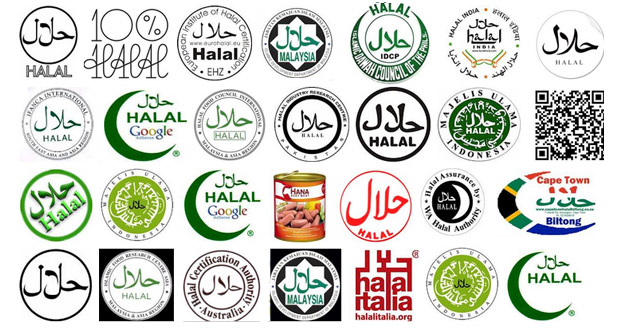

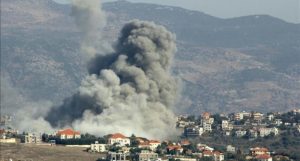
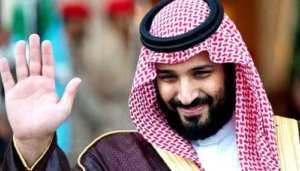
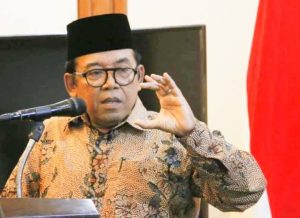
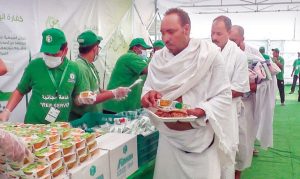

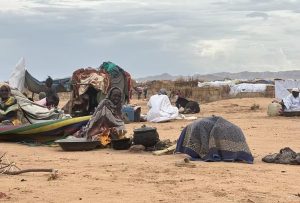
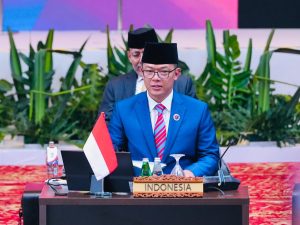

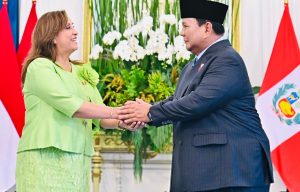



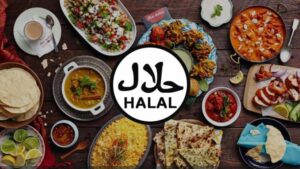
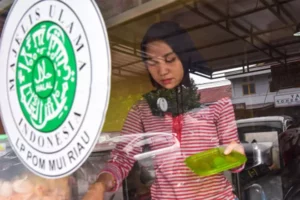






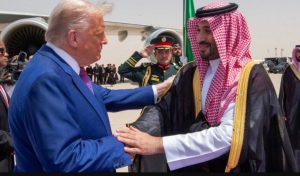




 Mina Indonesia
Mina Indonesia Mina Arabic
Mina Arabic